As is known, the uniform of a military and civil servant includes shoulder straps. The insignia should always be visible, and the clothes are washed, and the shoulder straps need to be constantly removed. In this regard, the question arises: how to sew shoulder straps on a tunic yourself. This article will discuss how to sew stripes on shoulder straps and the shoulder straps themselves to clothing.
From history
A uniform element similar to shoulder straps appeared during the reign of the tsars. At first, it was necessary to fix a bag with a strap that was worn on the shoulders, it often slipped off. Later, insignia began to be sewn onto them to determine the soldier's affiliation with a particular branch of the military. In tsarist times, there were many different shoulder straps, and after the revolution of 1917, they were abandoned. They were returned only in 1943, again for all branches of the military. They determined and are still used today to determine the rank of a serviceman, and it is impossible to imagine any military uniform without them.
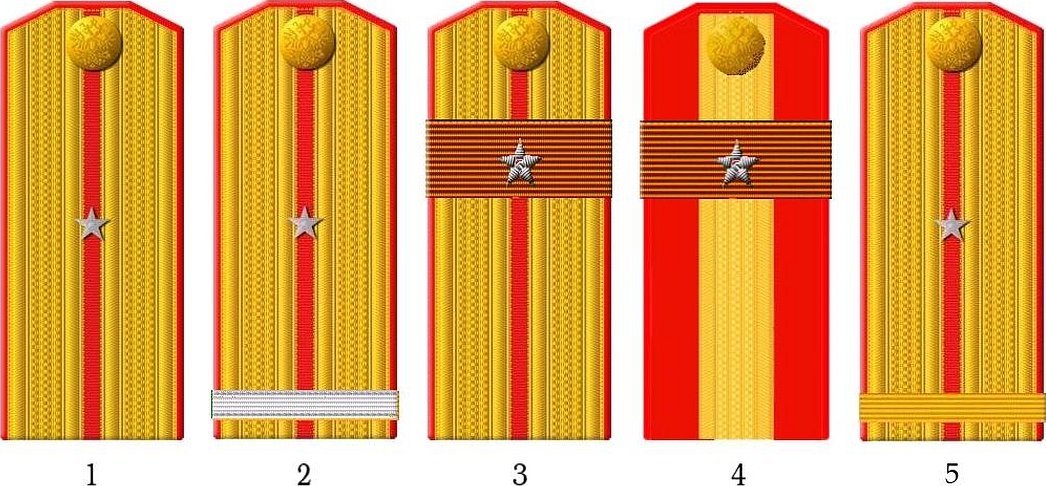
And although sewing on shoulder straps is not a difficult task, some points still need to be understood. During their service, soldiers and officers master this skill precisely.

Statutory requirements
They regulate not only the size of the shoulder straps, but also the distance to the shoulder seam. It is easy to remember - just one centimeter. It is by this width that the shoulder strap should overlap the seam of the tunic shoulder. Its side edge should completely rest against the seam connecting the shoulder to the sleeve of the tunic. This geometry must be observed.
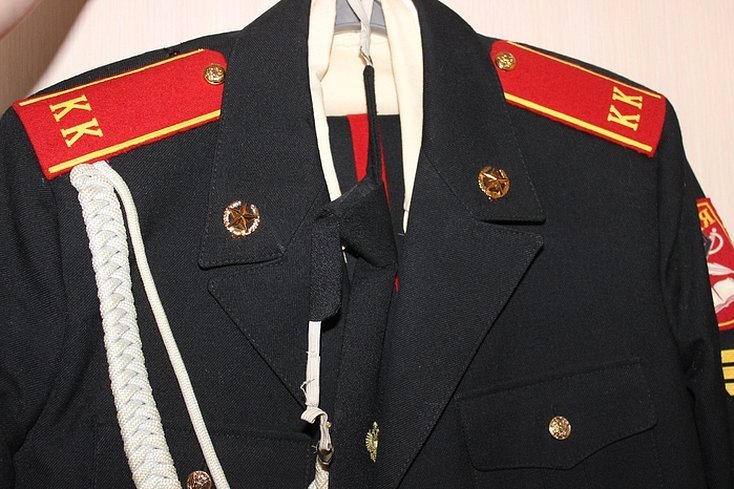
To avoid having to redo the work, you need to fix the shoulder strap. A few loops will be enough for this. You need to grab the outer edge and the place with the button.
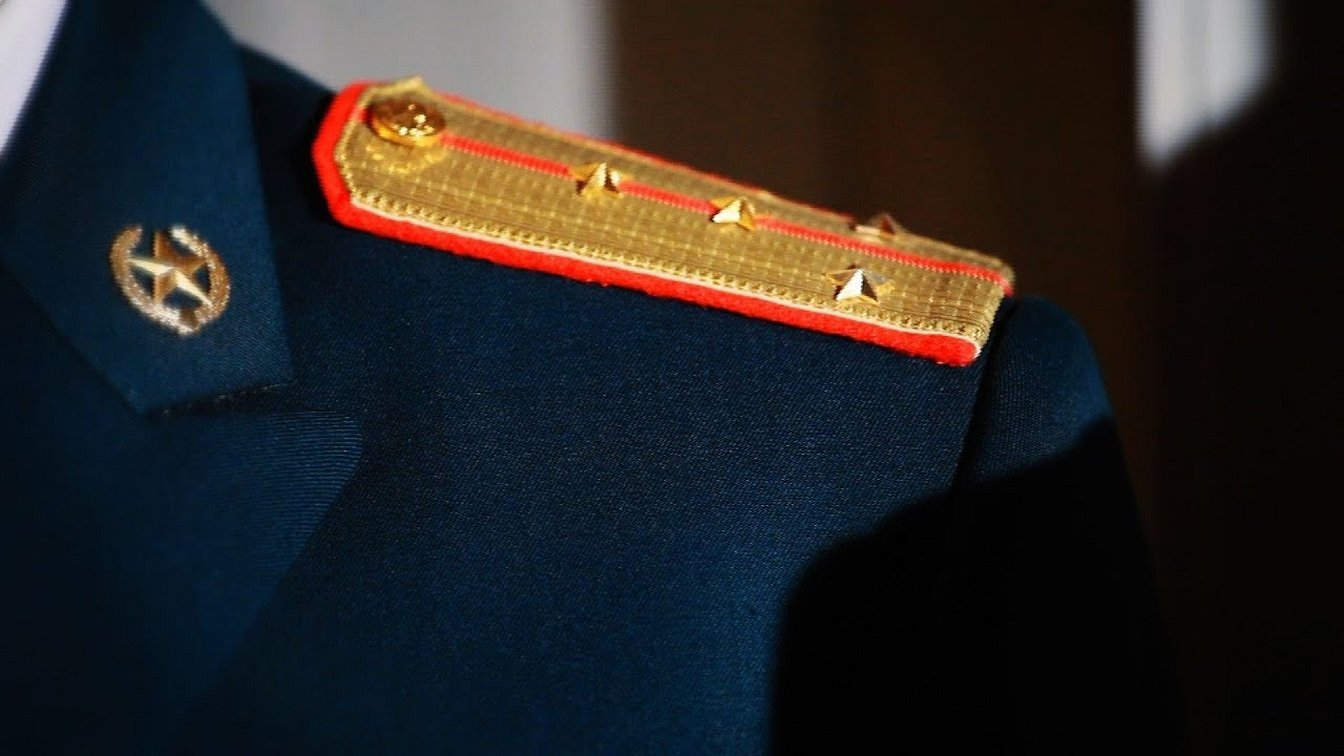
Before sewing on the shoulder strap, it is necessary to securely attach all metal parts to it: insignia and accessories. It is very difficult to do this after finishing the work, you can damage the seams.
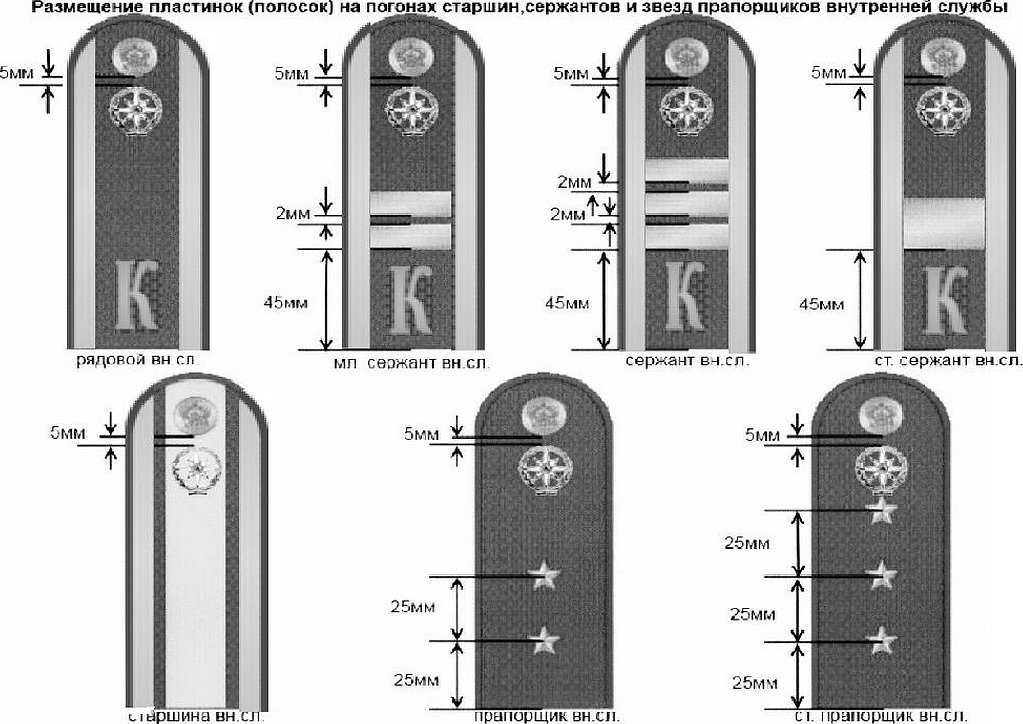
Sewing technique
In order for the shoulder straps to be securely fixed on the jacket and not to slide to the sides, before sewing them on, you need to grab the edges in different places, sew along the entire perimeter along the edge. When doing the work, the needle should not touch the jacket lining under any circumstances.

Important! The thread should not be too long. Twenty centimeters will be enough. Otherwise, it may create a knot or get tangled. The work will have to be started over.
There are also a number of requirements for the seam. It must be done conscientiously: reliably and unnoticeably. A regular thick cotton thread of a suitable color copes with this perfectly. It is better, of course, to find a cotton thread with the addition of synthetics, for example, polyester, this will add reliability to the seam. Naturally, the tone of the thread must fully match the color of the uniform.
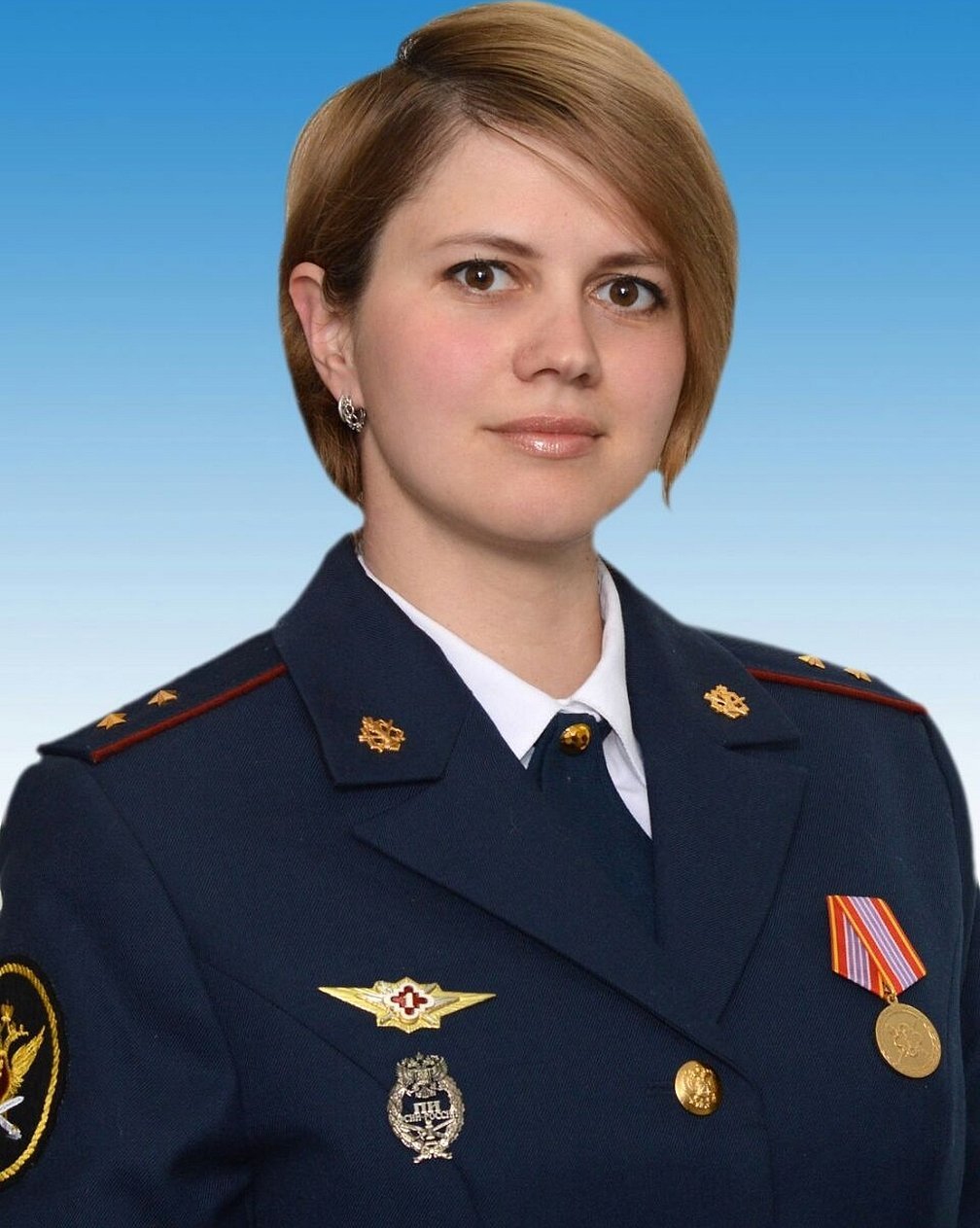
The stitches should be straight and even. Their length should not exceed a few millimeters. You need to try to make it so that even at a short distance it is impossible to see the seam.
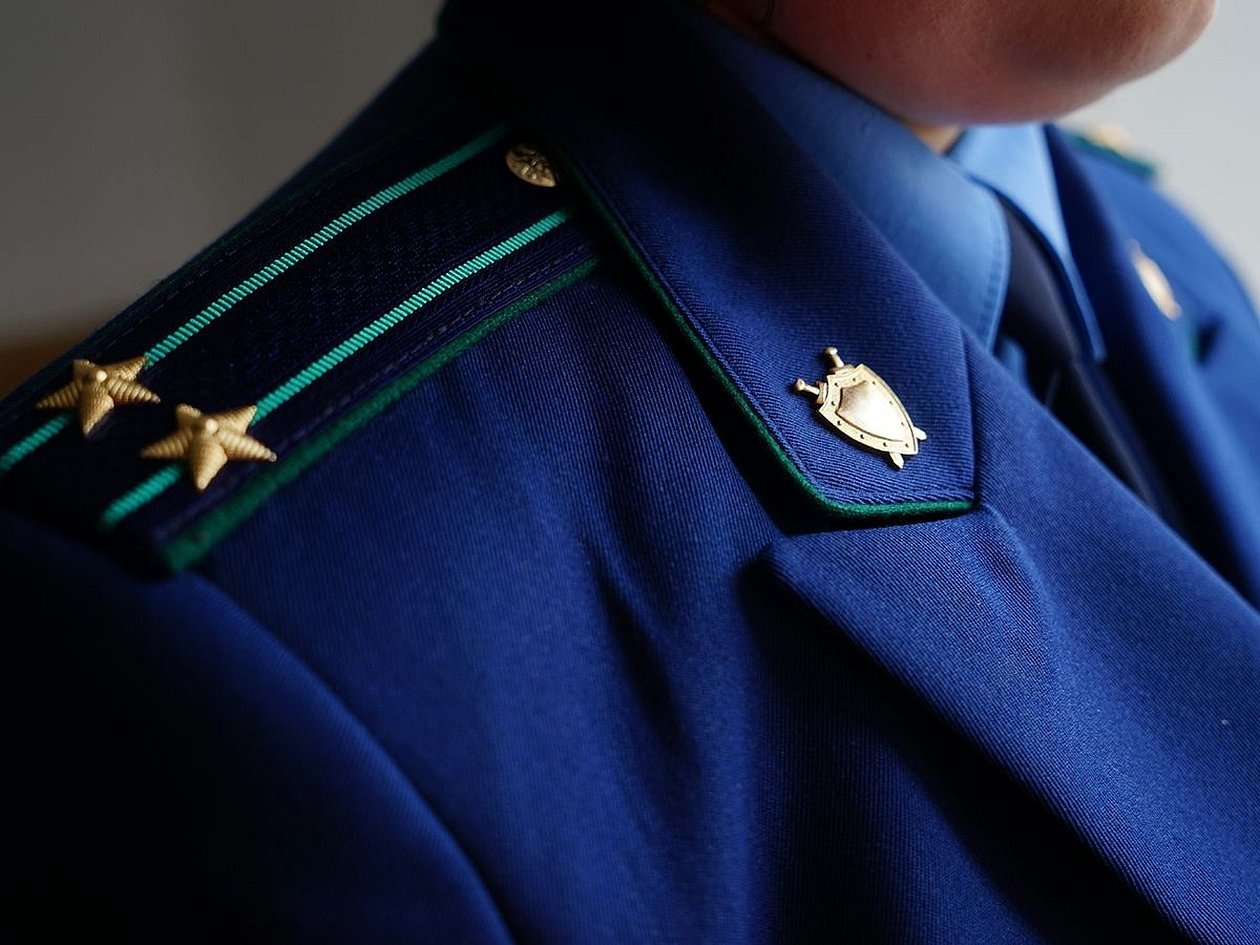
When receiving a new rank or position, they usually take photos, where sloppy work will be immediately visible. A soldier must always be neat, and shoulder straps must look according to the regulations.
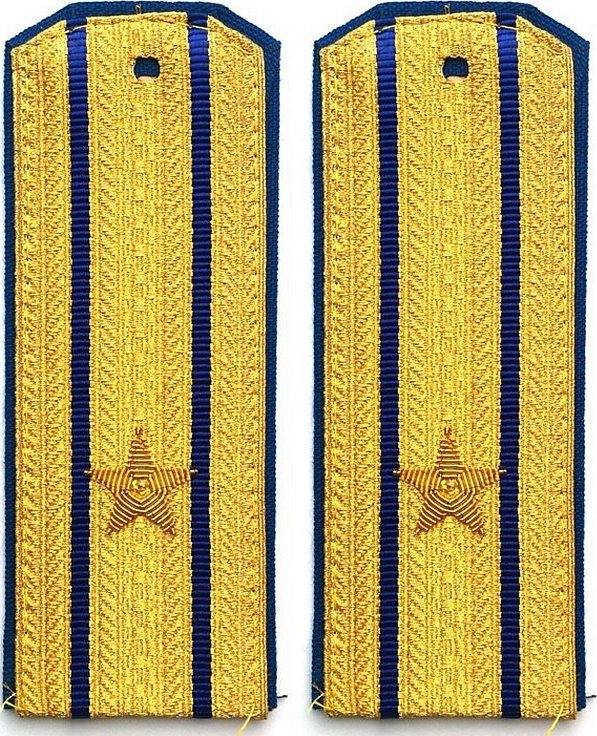
Necessary tools
To sew a shoulder strap to a jacket or tunic, you need to have the following list of tools:
- Ruler or tape measure;
- A needle with threads that match the color and tone of the edge of the shoulder straps;
- Sharp scissors and a thimble;
- Pliers or tweezers in some cases.
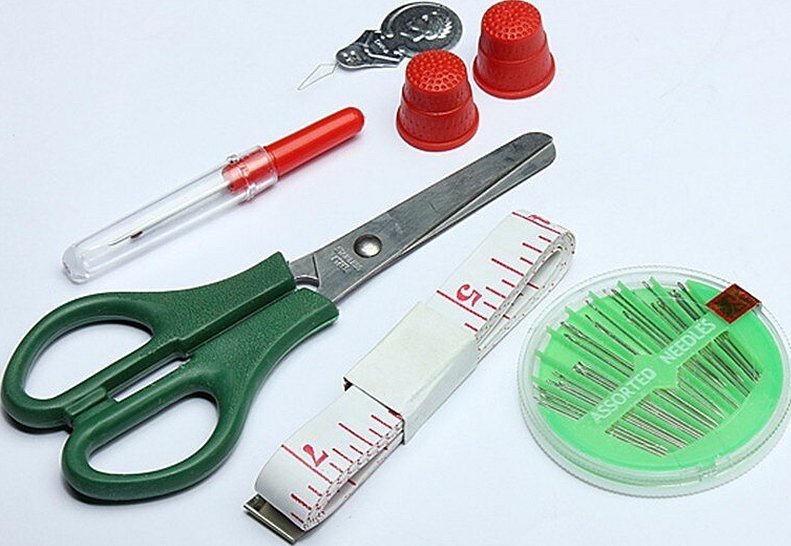
The thing is that the shoulder strap is quite hard and it is not easy to pierce it with a needle. To avoid damaging your fingers, use a thimble. Pliers may be needed only when you need to pull the needle through the hole it made. Often, this cannot be done without a tool if very thick shoulder straps are used or they are sewn to a thick coat fabric for wearing in the cold season.
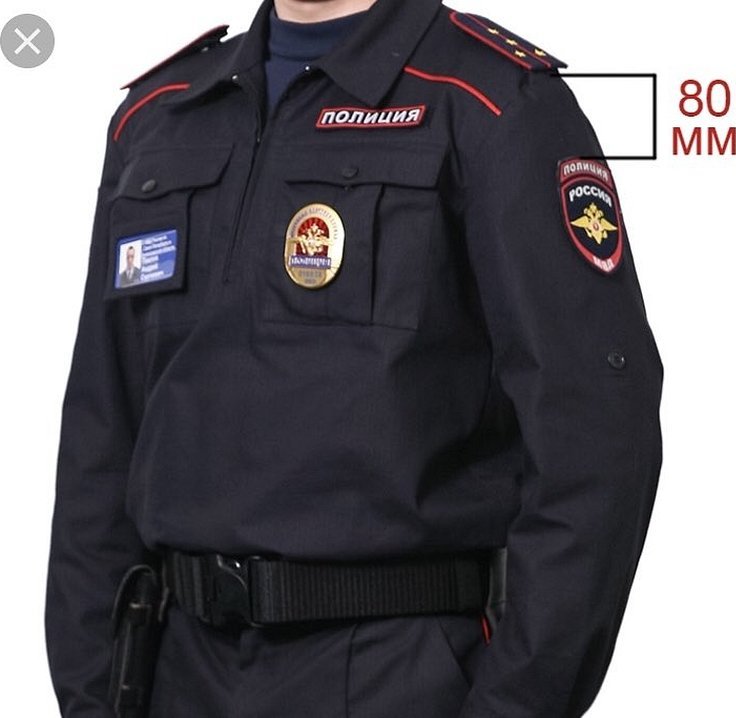
How to sew shoulder straps on an officer's jacket
First, you need to prepare all the tools, clothes, and also know the general rules of compliance with the charter. So, for work you will need:
- The shoulder straps themselves;
- Thick and strong thread (number 10);
- Strong but thin needle;
- Military clothing.

Modern military clothing includes two seasonal sets: summer and winter. Insignia and rank must be present on all types of uniform. Not all military personnel are ready to entrust the work to outsiders. That's when you need to pick up a needle, thread it and start sewing yourself.
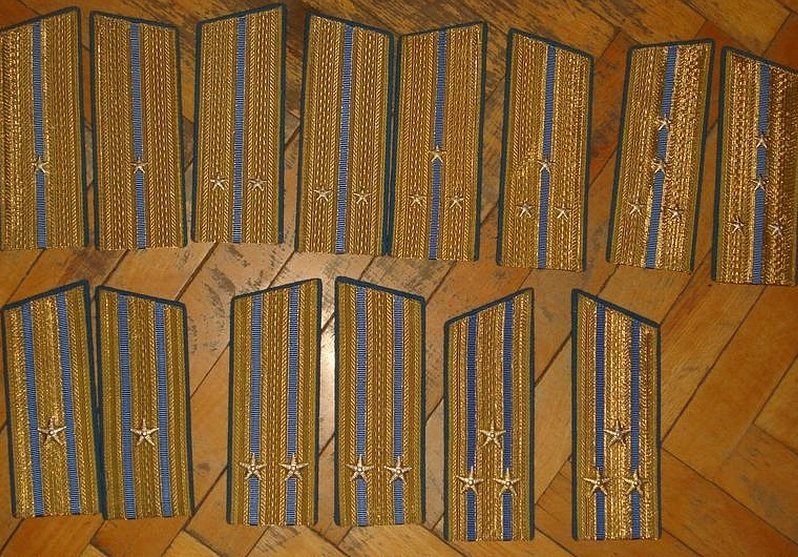
So, to begin with, you should capture the shoulder straps with auxiliary stitches. Instead, you can use needles for fixing. Having correctly placed the detail, you can begin to carefully sew it on. At the end, the thread is cut off unnoticeably and fixed. It is important to remember that all metal insignia, buttons must be sewn on before the product is fixed on the shoulder of the jacket or coat.
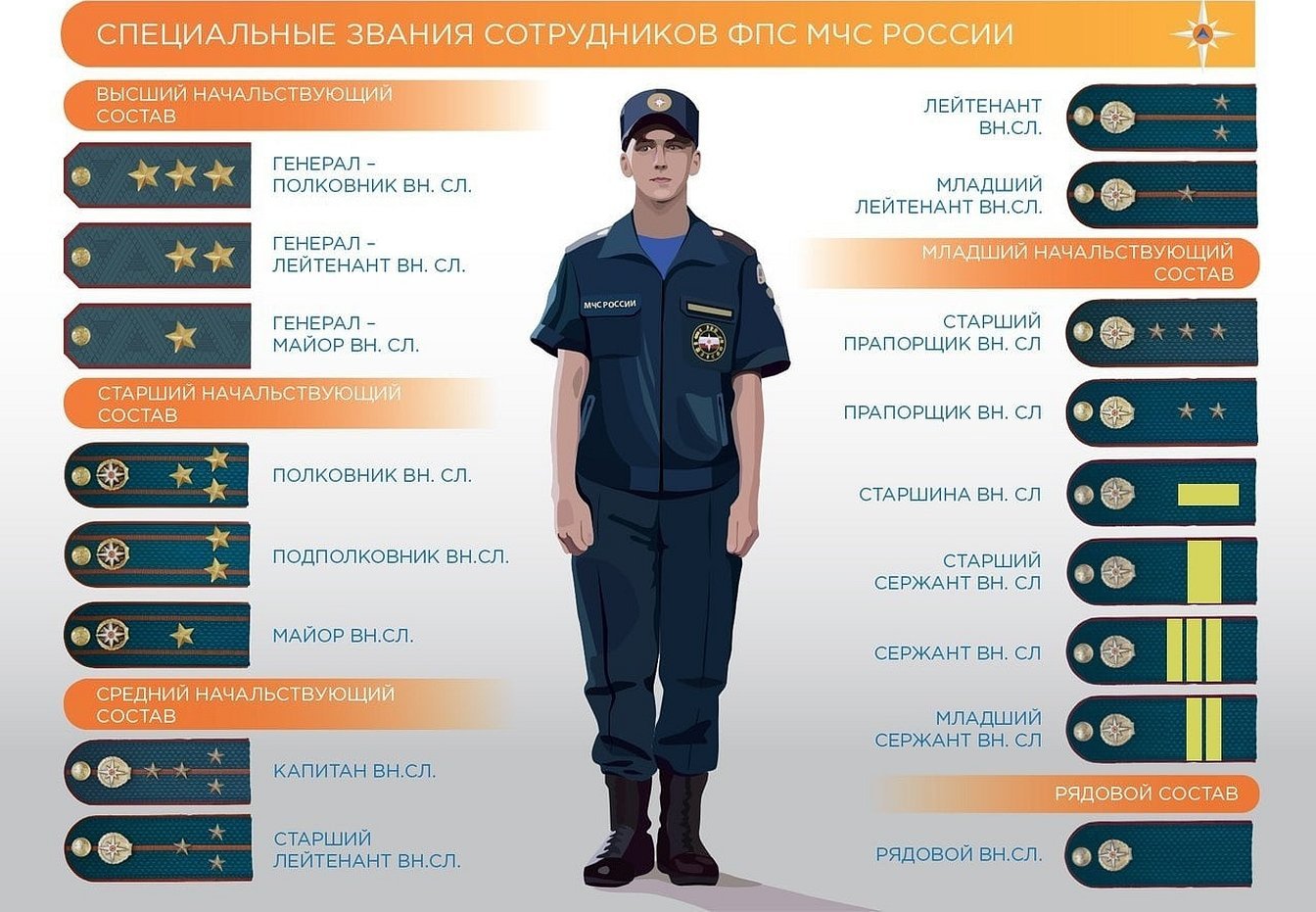
Important! Before attaching the shoulder strap, the stars and other insignia must be installed in their places in a clear sequence.
Senior colleagues should teach this. If they are not fixed before sewing, it will be difficult to do it later and the work will be ruined.
Police uniform
The police also wear shoulder straps, but the sewing method is slightly different. The shoulder straps are straight on one edge and semicircular on the other. When sewing, the element should be evenly positioned along the shoulder seam, and the back edge of the shoulder strap should be one centimeter from this seam. Because of this, it turns out that the product is slightly shifted forward. As with other types, first make a few stitches to check the evenness of the overlay, and then lay the entire seam along the perimeter with even stitches. Again, do not forget to first fix the rank and affiliation signs on the surface.

How to sew shoulder straps on a FSIN jacket
Sewing on FSIN shoulder straps is essentially no different from fixing other types. There is one point. When sewing on a shoulder strap, the distance from it to the chevron on the arm should be exactly 8 centimeters. Everything is grabbed and sewn on in the same way. Various chevrons can be fixed in the same way.
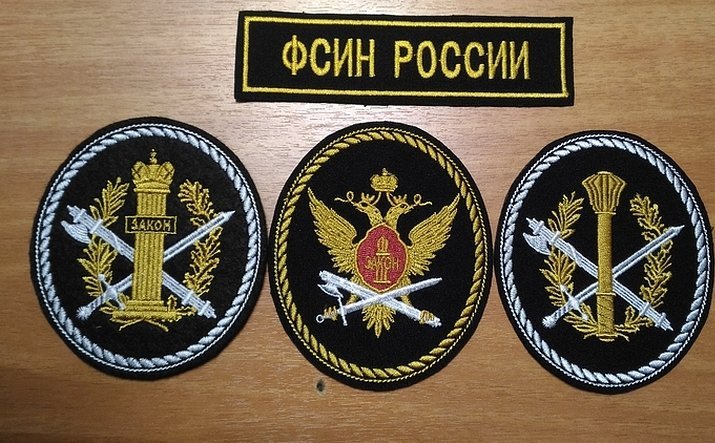
Thus, every serviceman, regardless of the branch of the armed forces, rank and position, as well as civil servants whose uniform requires such insignia, must be able to sew on shoulder straps. To do this, you need to have some experience and carefully follow the step-by-step instructions.




